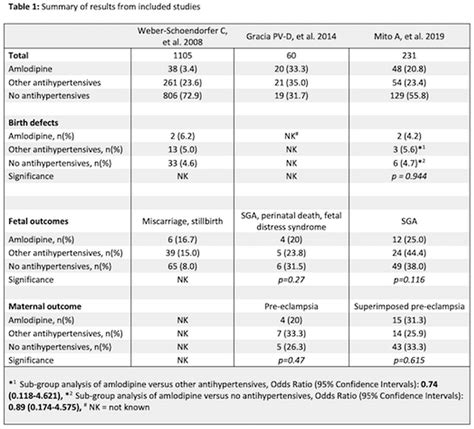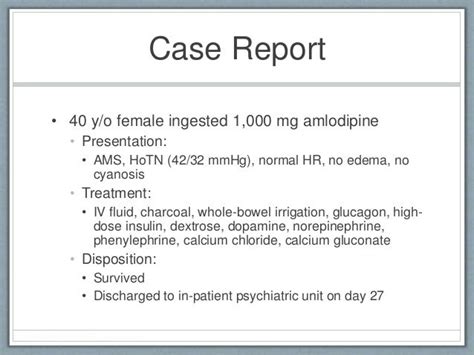Intro
Learn about Amlodipine 2.5 Mg Tablet, a calcium channel blocker for hypertension and angina treatment, with information on dosage, side effects, and interactions, to manage high blood pressure and chest pain effectively.
Amlodipine, a medication known for its effectiveness in treating high blood pressure and chest pain, is a widely prescribed drug worldwide. The amlodipine 2.5 mg tablet is a specific dosage of this medication, designed to provide a lower intensity of the active ingredient for patients who require a gentle approach to managing their condition. Understanding the uses, benefits, and potential side effects of the amlodipine 2.5 mg tablet is crucial for patients who are considering or have been prescribed this medication.
High blood pressure, or hypertension, is a significant health concern that affects millions of people globally. It can lead to severe complications, including heart disease, stroke, and kidney disease, if not properly managed. Amlodipine, as a calcium channel blocker, works by relaxing the blood vessels, allowing blood to flow more easily and reducing the heart's workload. This mechanism of action not only helps in lowering blood pressure but also in alleviating symptoms of angina, a condition characterized by chest pain due to reduced blood flow to the heart.
The importance of managing high blood pressure and angina cannot be overstated. These conditions significantly impact the quality of life and can lead to life-threatening complications if not treated appropriately. The amlodipine 2.5 mg tablet, with its lower dosage, offers a valuable treatment option for patients who are sensitive to medication or have mild forms of these conditions. It's also a common starting point for therapy, allowing healthcare providers to monitor the patient's response and adjust the dosage as needed.
Amlodipine Mechanism of Action

Amlodipine works by inhibiting the influx of calcium ions into vascular smooth muscle and cardiac muscle. This action leads to a decrease in peripheral vascular resistance and a reduction in cardiac afterload, resulting in a lowering of blood pressure. For patients with angina, amlodipine increases myocardial oxygen delivery by dilating the peripheral arteries and reducing the total peripheral resistance, thereby reducing the frequency of angina attacks and improving exercise tolerance.
Amlodipine Benefits

The benefits of amlodipine are multifaceted, providing relief from symptoms of high blood pressure and angina while also contributing to the prevention of more severe cardiovascular events. Some of the key benefits include:
- Reduced Blood Pressure: Amlodipine helps in lowering blood pressure, reducing the risk of heart attack, stroke, and kidney disease.
- Relief from Angina: By improving blood flow to the heart, amlodipine reduces the frequency and severity of angina attacks.
- Improved Exercise Tolerance: Patients with angina may find that they can exercise more without experiencing chest pain.
- Long-Term Cardiovascular Protection: Studies suggest that long-term use of amlodipine can lead to a reduction in the risk of cardiovascular events.
Amlodipine Side Effects

While amlodipine is generally well-tolerated, like all medications, it can cause side effects. Common side effects include:
- Edema (swelling of the feet, ankles, and hands)
- Dizziness or lightheadedness
- Headache
- Fatigue
- Nausea
- Flushes
It's essential for patients to discuss any side effects with their healthcare provider, as they can often be managed or may necessitate a change in medication.
Amlodipine Dosage and Administration

The dosage of amlodipine can vary depending on the patient's condition and response to the medication. The amlodipine 2.5 mg tablet is typically administered once daily, with or without food. Patients should adhere to the prescribed dosage and not adjust it without consulting their healthcare provider. It's also crucial to continue taking the medication as directed, even if symptoms improve, to maintain blood pressure control and prevent future cardiovascular events.
Amlodipine Interactions

Amlodipine can interact with other medications, potentially leading to adverse effects. Some notable interactions include:
- Strong CYP3A inhibitors: These can increase the levels of amlodipine in the blood, potentially increasing the risk of side effects.
- Simvastatin: Co-administration with amlodipine can increase the risk of myopathy.
- Grapefruit and grapefruit juice: These can inhibit the metabolism of amlodipine, leading to increased levels in the blood.
Patients should inform their healthcare provider about all medications, supplements, and lifestyle habits to minimize the risk of interactions.
Amlodipine and Pregnancy

The use of amlodipine during pregnancy should be carefully considered. While it is sometimes prescribed for pregnant women with severe hypertension, the potential risks and benefits must be weighed. Amlodipine can cause fetal harm when administered to a pregnant woman, and its use during pregnancy requires close monitoring.
Amlodipine Alternatives

For patients who cannot tolerate amlodipine or experience significant side effects, several alternative medications and lifestyle changes can be considered:
- Other calcium channel blockers: Such as verapamil or diltiazem.
- ACE inhibitors: Like lisinopril or enalapril.
- ARBs (Angiotensin II Receptor Blockers): Including losartan or valsartan.
- Lifestyle modifications: Such as dietary changes, increased physical activity, and stress reduction techniques.
The choice of alternative treatment should be made in consultation with a healthcare provider, taking into account the patient's specific condition, medical history, and current medications.
Amlodipine Overdose

In the event of an overdose, patients may experience severe hypotension and, in rare cases, reflex tachycardia. Treatment involves supportive care, including monitoring of blood pressure and cardiac function. In severe cases, hospitalization may be necessary.
Conclusion and Future Directions

Amlodipine remains a cornerstone in the management of hypertension and angina, offering a well-tolerated and effective treatment option for many patients. As research continues to uncover the complexities of cardiovascular disease, the role of amlodipine and other calcium channel blockers may evolve, leading to new treatment strategies and combinations. For now, the amlodipine 2.5 mg tablet provides a valuable tool for healthcare providers, enabling them to tailor treatment to the individual needs of their patients.
We invite readers to share their experiences or ask questions about amlodipine and its uses in the comments below. This engagement not only fosters a community of support but also contributes to a broader understanding of how medications like amlodipine impact lives. Whether you're a patient, a healthcare provider, or simply someone interested in learning more about cardiovascular health, your input is invaluable.
What is the primary use of amlodipine 2.5 mg tablets?
+Amlodipine 2.5 mg tablets are primarily used to treat high blood pressure and chest pain (angina).
How does amlodipine work?
+Amlodipine works by relaxing the blood vessels, allowing blood to flow more easily and reducing the heart's workload.
What are common side effects of amlodipine?
+Common side effects include edema, dizziness, headache, fatigue, nausea, and flushes.
Can amlodipine be used during pregnancy?
+Amlodipine can be used during pregnancy but with caution and under the close supervision of a healthcare provider, as it may cause fetal harm.
What should I do if I miss a dose of amlodipine?
+If you miss a dose, take it as soon as you remember. However, if it's close to the time for your next dose, skip the missed dose and continue with your regular dosing schedule. Do not take a double dose to make up for the missed one.
